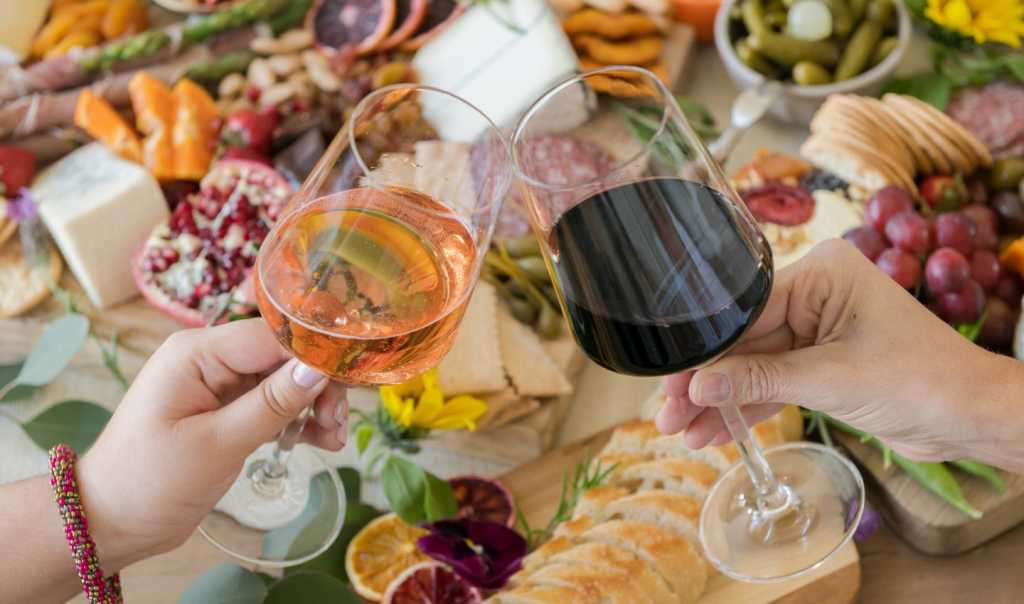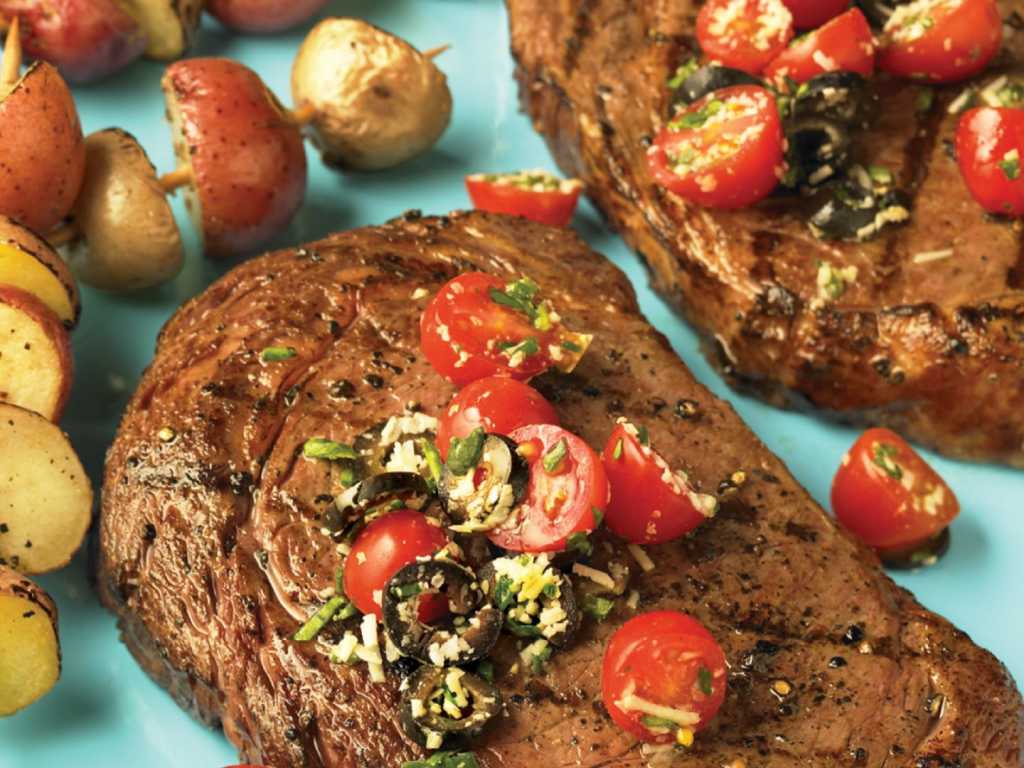Across the Atlantic: The Growing Wine Industry
Italy, Spain, France – these are the countries that usually come to mind when we think of the best wines. But it’s not just Southern European countries that have mastered the art of viticulture. The United States currently ranks as the fourth biggest wine producer in the world. At a closer look, the majority of these wines clearly stem from the West Coast. The ideal weather, similar to the mediterranean climate, as well as the nutrient-rich soil in California are well suited for growing high quality fruit. But what exactly is it that makes Californian wine so special?
The Grapeseed Arrival: A Cultural Mix
While wine has been enjoyed in Europe for centuries, the birth of the wine industry in California dates back to 1769 when Padre Junipero Serra began his chain of missions in San Diego whilst planting grape seeds and vines. The cultivation of grapes continued to stretch up the coast and all the way to Sonoma, more than 600 miles to the north. For many years, wine production in California was solely related to the Spanish and used for sacramental purposes and daily table needs of missionaries.
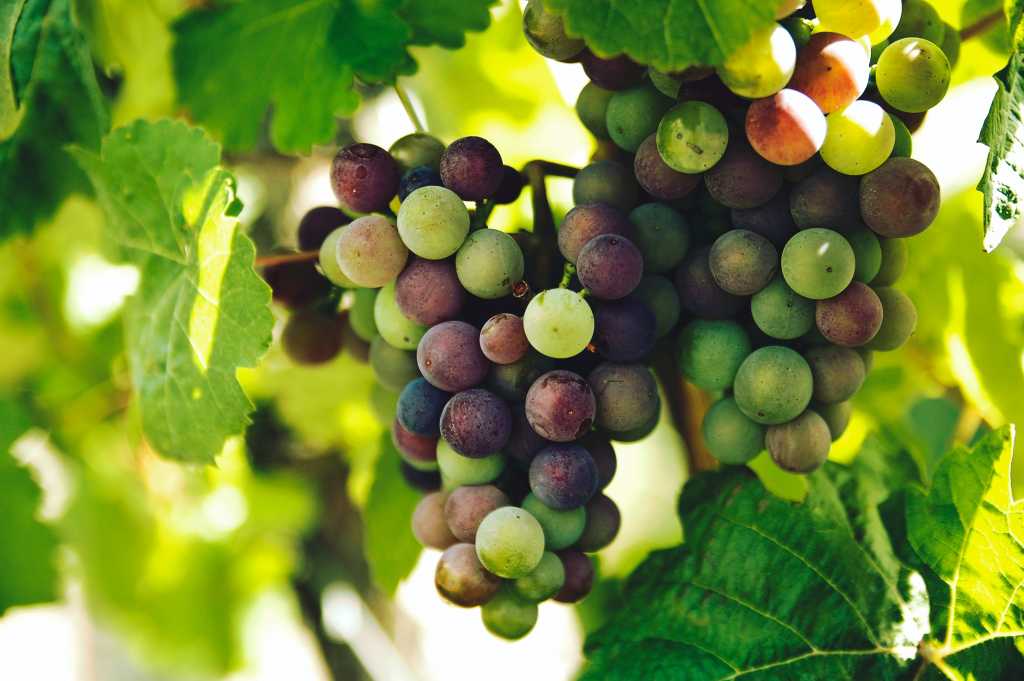
Upon the arrival of european settlers around the 1830s, an influx of wine variety and practices were brought to the west coast. French, Italian and German immigrants brought their knowledge about growing grapes and making wine and quickly realized the potential for vineyards on the promising new land. Vines were imported from prosperous wine regions such as Bordeaux, allowing new european wines like Cabernet Franc and Sauvignon blanc to gain prominence in California.
“Winemaking blends science, artistry and spirituality together – allowing us to experience old world traditions and new generation discoveries at the same time.”
California Wine Institute
Wine Country: A California Dream
From Hollywood dreams to Silicon Valley tech innovations; from beautiful beaches to fruitful valleys and vineyards, California is known to be full of opportunities. The wine industry has grown over the years with a wide range of grape varieties thriving in the state. In 2019, California had a wine-type grape acreage estimated at 635,000 acres. There are four primary wine-producing regions that can be identified in the state: the North Coast, Central Coast, Sierra Foothills and Southern California.
California’s North Coast in particular is booming with vineyards, even earning its name as Wine Country. Recognized as one of the world’s premier viticultural regions, Napa Valley attracts visitors from near and far. Whether it’s for wine tasting, top-notch cuisine, or the stunning scenery, the valley leaves a lasting impression on its guests. The multitude of wineries and farms have led to a popularity in wine tours, treks and tasting rooms.

“If you look at history, different viticulture methods and winemaking styles from around the world have found their way to California at one point or another. The diversity is undeniable. You can taste it in the wines.”
California Wine Institute
Aside from the climate, the environment surrounding vineyards can benefit the flavor and character of the wine. The terrain in California is not just ideal for growing grapes, but also a huge variety of fruits.

From Grape to Glass: Sustainable Winegrowing
Finding and implementing sustainable solutions in agriculture is beneficial for the environment, produce and businesses alike. In California, 92 percent of wine is proudly made in a Certified California Sustainable Winery. Environmental and social practices have been adopted by vineyards and wineries across the state. Sustainable winegrowing practices involve higher water and energy efficiency, improving waste and pest management, and preserving local ecosystems and wildlife habitats.
“Sustainable winegrowing practices protect our soil, air and water – elements that breathe life, and ultimately flavor, into our grapes and wines.”
California Wine Institute
While California might be one of the most popular wine producing states, the growth of high quality grapes goes beyond the golden state. Looking north, Oregon and Washington State are home to a number of vineyards and wineries that offer a variety of elegant and complex wines. But it doesn’t stop there. Devoted grape growers are spread across the country – from the west coast all the way to states like Texas, Virginia and New York.

Wine Pairings: Red, White, Rosé
Over one hundred grape varieties are grown in California, resulting in a diverse range of wines – each of which can be paired nicely with different foods. Clear favorites are Cabernet Sauvignon and Chardonnay, which are widely planted in California and rank among the state’s most prized bottlings.
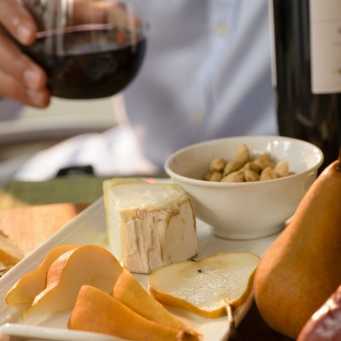
Red: Cabernet Sauvignon
The noble Cabernet Sauvignon wine grapes produce dry, full-flavored wines that capture some of the best characteristics of red wine. Notes of berries, currants, cassis, bell pepper and toasty oak are common aromas and flavors associated with the wine. This wine has a tannic and fruity aroma with an intense, complex flavor that matches well with the strong character of aged Cheddar and Bosc pears.
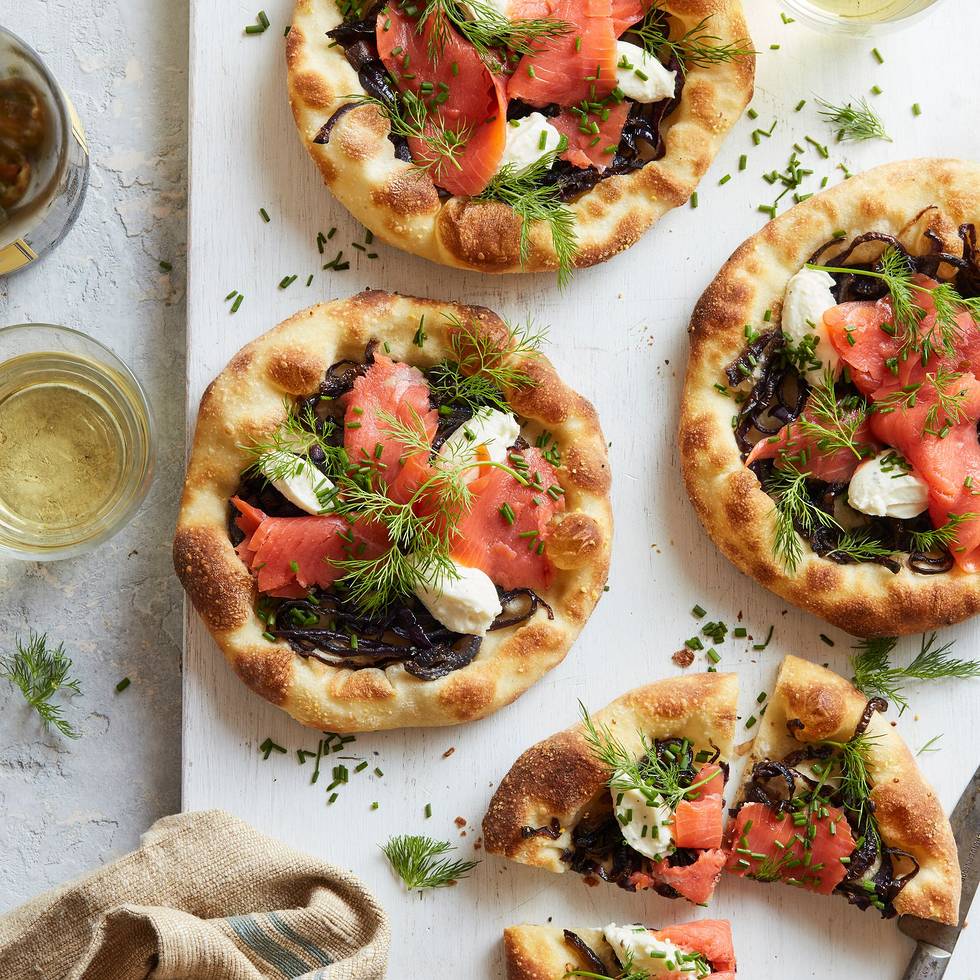
White: Chardonnay
Chardonnay is a classic favorite amongst white wines and can display a wide range of aromas and flavors depending on where and how the grapes are grown. California Chardonnay is commonly described as having notes of green apple, fig and citrus, and is often aged in oak to produce vanilla and toast overtones. A great pairing for this wine is with fish, such as smoked salmon on these pizzettas.

Rosé: Zinfandel
Aside from the classics, the golden state has its own unique grape – the California Zinfandel. The heritage of this red grape was unknown until a few years ago, when its DNA fingerprint matched that of an ancient croatian grape variety. Although the grape may originally stem from Europe, the name Zinfandel is truly American and can be traced all the way back to 1832 in Boston. The red Zinfandel is considered bold and fruit forward, but can also be made into a sweet Rosé wine known as White Zinfandel.

